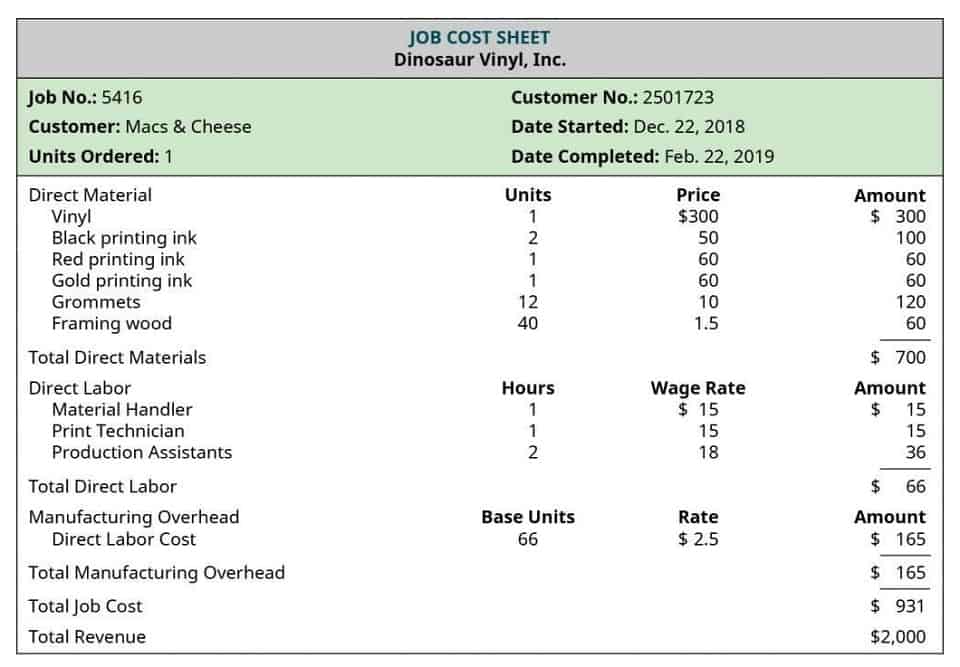
Depreciation allows you to recover the cost of an asset by deducting a portion of the cost every year until it is recovered. Depreciable assets are used in the production of goods or services, such as equipment, computers, vehicles, or furniture, and decrease in resellable value over time. Salvage value is the monetary value obtained for a fixed or long-term asset at the end of its useful life, minus depreciation. This valuation is determined by many factors, including the asset’s age, condition, rarity, obsolescence, wear and tear, and market demand. With a large number of manufacturing businesses relying on their machinery for sustained productivity, it is imperative to keep assessing the equipment they own.
Fixed Asset Salvage Value Calculation Example (PP&E)
Unless there is a contract salvage value formula in place for the sale of the asset at a future date, it’s usually an estimated amount. Liquidation value is usually lower than book value but greater than salvage value. The assets continue to have value, but they are sold at a loss because they must be sold quickly.
Depreciation Rate:
- For example, consider the value of land owned by a company that only slightly went up in value by the end of its useful life.
- For example, a company may decide it wants to just scrap a company fleet vehicle for $1,000.
- Depreciable assets are used in the production of goods or services, such as equipment, computers, vehicles, or furniture, and decrease in resellable value over time.
- If there is a decrease in the salvage value, depreciation expense will increase and vice versa.
- Yes, salvage value can be considered the selling price that a company can expect to receive for an asset at the end of its life.
If a business estimates that an asset’s salvage value will be minimal at the end of its life, it can depreciate the asset to $0 with no salvage value. However, MACRS does not apply to intangible assets, or things of value that you can’t see or touch. Intangible assets are amortized using the straight-line method and usually have no salvage https://www.bookstime.com/articles/present-value-of-a-single-amount value, meaning they’re worthless at the end of their useful lives. The Internal Revenue Service (IRS) uses a proprietary depreciation method called the Modified Accelerated Cost Recovery System (MACRS), which does not incorporate salvage values.

Double-Declining Balance

For the past 52 years, Harold Averkamp (CPA, MBA) hasworked as an accounting supervisor, manager, consultant, university instructor, and innovator in teaching accounting online. For the past 52 years, Harold Averkamp (CPA, MBA) has worked as an accounting supervisor, manager, consultant, university instructor, and innovator in teaching accounting online. The salvage calculator reduces the loss and assists in making a decision before all the useful life of the assist has been passed. The salvage or the residual https://www.instagram.com/bookstime_inc value is the book value of an asset after all the depreciation has been fully expired.

- The asset’s useful life is also given, i.e., 20 years, and the depreciation rate is also provided, i.e., 20%.
- There’s also something called residual value, which is quite similar but can mean different things.
- We have been given the asset’s original price in this example, i.e., $1 million.
- That company may have the best sense of data based on their prior use of trucks.
- The salvage amount or value holds an important place while calculating depreciation and can affect the total depreciable amount used by the company in its depreciation schedule.
Yes, salvage value can be considered the selling price that a company can expect to receive for an asset at the end of its life. Therefore, the salvage value is simply the financial proceeds a company may expect to receive for an asset when it’s disposed of, though it may not factor in selling or disposal costs. There are several ways a company can estimate the salvage value of an asset.

최신 댓글